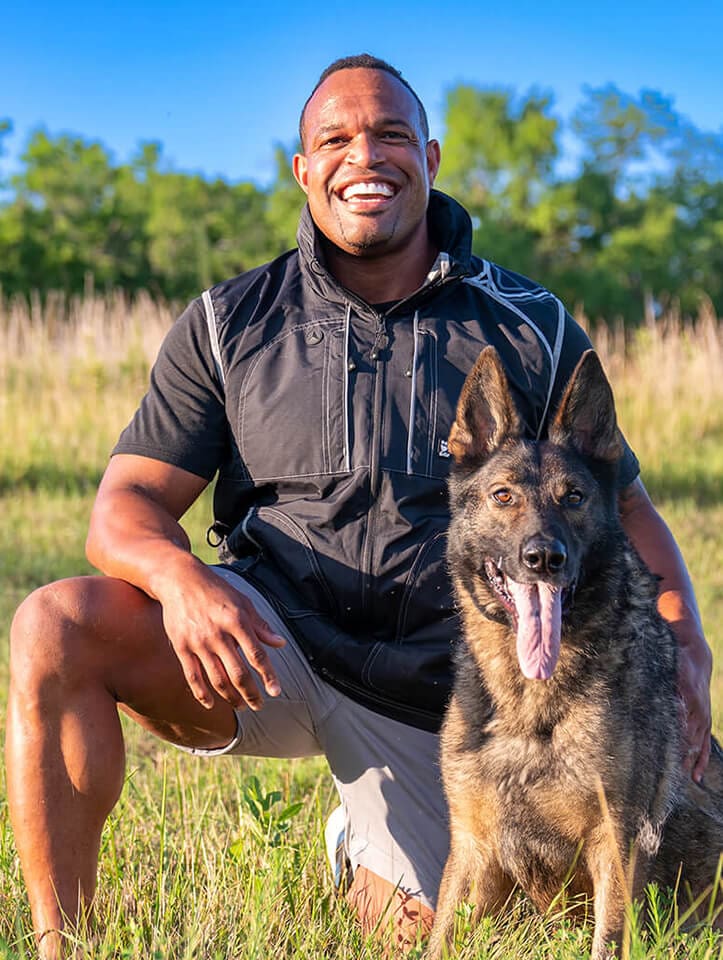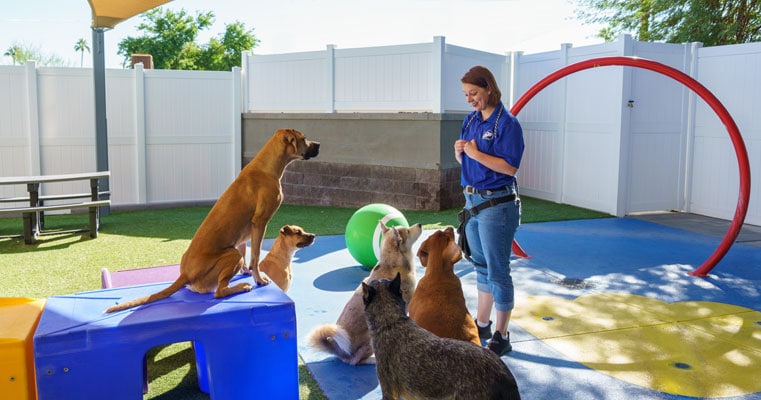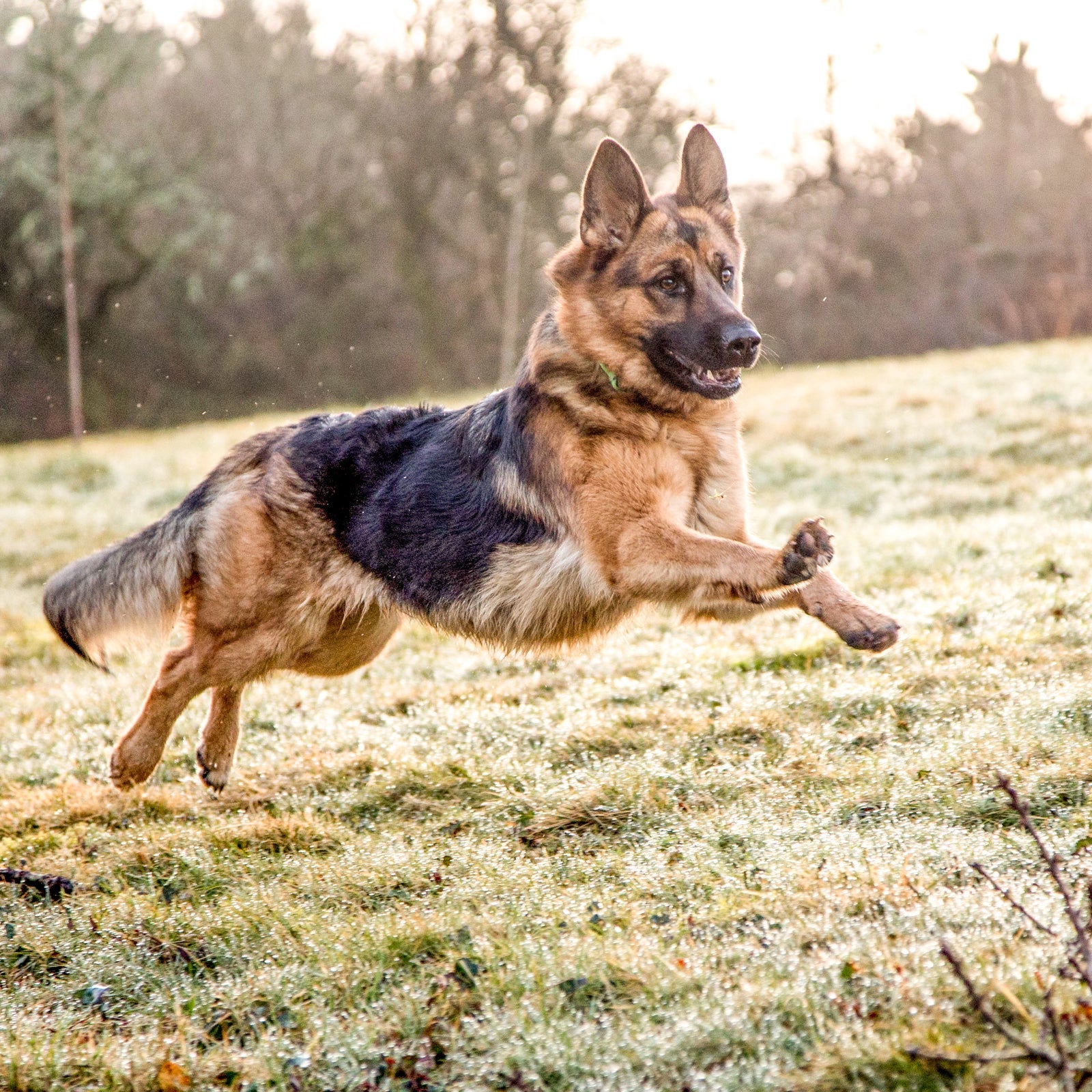Leading Pet Educating Techniques Every Owner Ought To Know
Amongst the most prominent methods are positive support, clicker training, and leash training, each offering distinct advantages that contribute to a well-behaved pet dog. As we discover these fundamental techniques, it becomes noticeable that grasping their nuances can significantly influence the training experience and the pet dog's overall actions.
Favorable Reinforcement Strategies
Using positive support methods is important for effective pet dog training, as it fosters a relying on bond between the trainer and the pet dog. This technique concentrates on gratifying desirable behaviors instead than punishing unfavorable ones, creating a setting favorable to finding out. Rewards can consist of treats, appreciation, or play, which inspire pets to repeat the actions that earn them these benefits.
Positive support is rooted in the principles of operant conditioning, where actions is influenced by its repercussions. By regularly fulfilling specific actions, instructors can shape a pet's behavior in time. For circumstances, a dog that rests on command and obtains a treat is more probable to repeat that habits in the future.
In addition, this method boosts the pet's interest for training sessions. They are much more involved and responsive when pets associate training with positive experiences. Past prompt behavior alteration, favorable reinforcement encourages a collective partnership in between the canine and fitness instructor, decreasing anxiousness and anxiety.
To maximize effectiveness, it is critical to supply rewards promptly, guaranteeing the canine connects the behavior with the reinforcement. Basically, favorable support techniques not only yield better-trained dogs but also advertise an unified partnership between dog and owner.
Remote Control Training Approach
The remote control training approach is a very reliable method that builds on the principles of favorable reinforcement by adding a distinct audio to mark wanted behaviors. This approach uses a small handheld gadget that produces a clicking audio, enabling instructors to connect with their pet dogs in a clear and instant manner. When a canine performs an actions that the owner wishes to encourage, the remote control is triggered, followed by an incentive, usually in the type of treats or appreciation.
The key to successful clicker training depends on consistency and timing. It is critical to click at the precise moment the desired habits occurs, ensuring that the canine associates the noise with the action and the succeeding reward. This method not just boosts communication however likewise fosters a stronger bond in between the dog and the owner, as it urges involvement and communication throughout training sessions.
Clicker training can be used to a variety of commands and actions, from standard obedience to much more intricate tricks. Its convenience and effectiveness make it a popular technique amongst specialist fitness instructors and pet proprietors alike, leading the way for a receptive and trained canine buddy.

Chain Training Basics
Reliable leash training is vital for making sure a enjoyable and secure walking experience for both canines and their owners. A level collar may work for some dogs, while others might benefit from a harness that reduces drawing.
Present your canine to the chain gradually, allowing them to explore it in a comfy atmosphere. Once they are accustomed, practice loose-leash strolling. This includes satisfying your dog for strolling next to you instead of pulling ahead. Use deals with and praise to enhance preferred behavior, and make sure to stay tranquil and assertive.
If your canine begins to pull, quit strolling quickly. Wait up until they go back to your side before resuming. Look At This This educates them that pulling does not result in advance. Furthermore, practice numerous strolling atmospheres to aid your canine adapt to diversions.
Normal practice will certainly strengthen your pet dog's understanding of leash etiquette. Keep in mind that chain training is an ongoing procedure; persistence and uniformity will certainly produce the finest outcomes, cultivating a positive experience for both you and your canine buddy.
Socializing Approaches
Socialization is a crucial facet of pet training that should preferably start during puppyhood however can be helpful at discover this info here any type of age. Efficient socializing assists canines establish self-confidence and lowers the probability of behavior problems. To apply effective socializing approaches, expose your canine to a range of atmospheres, individuals, and other pets.

Beginning with controlled settings, such as puppy courses or organized playgroups, where young canines can engage securely. Slowly present your pet to brand-new experiences, consisting of different sounds, surface areas, and activities. Guarantee these experiences are favorable and fulfilling to develop a feeling of safety.
For adult dogs or those doing not have direct exposure, begin with low-stress situations. Short, positive interactions with pleasant humans and tranquil pet dogs can develop favorable organizations - Dog training. Utilize treats and appreciation to enhance preferable actions throughout these experiences
Checking your dog's body language is important; indications of anxiety or hostility must be resolved immediately, either by getting rid of the pet from the scenario or rerouting its emphasis. Constantly exposing your canine to diverse stimulations will certainly cultivate flexibility, making it a well-rounded buddy with the ability of flourishing in different settings.
Uniformity and Patience
Acknowledging the importance of consistency and perseverance in pet dog training is essential for accomplishing enduring results. Irregular training can lead to confusion, making it difficult for the canine to understand commands or behaviors, eventually hindering progression.
Pet dogs, like humans, find out at their very own pace. This promotes a trusting relationship in between the canine and proprietor, urging a more eager and enthusiastic learner.
To cultivate uniformity and patience, establish a normal training regular, use the same commands, and ensure that all family members use the very same training concepts - Dog training. By doing so, you develop a secure environment for discovering, enabling your pet dog to thrive and establish right into a mannerly companion

Final Thought
Finally, effective dog training strategies, such as favorable reinforcement, clicker training, and proper chain training, are essential for fostering a healthy and balanced owner-dog partnership. In addition, executing socialization approaches that site and maintaining consistency and patience throughout the training procedure contributes significantly to a pet's total health. By integrating these methods, pet owners can facilitate the growth of well-adjusted, loyal animals, inevitably improving the lifestyle for both the pet and the proprietor.
Among the most noticeable techniques are positive reinforcement, remote control training, and leash training, each offering one-of-a-kind benefits that add to a well-behaved dog. As we check out these fundamental methods, it becomes noticeable that grasping their nuances can substantially impact the training experience and the pet dog's total habits.Utilizing positive support techniques is essential for efficient canine training, as it cultivates a trusting bond in between the pet dog and the trainer.In verdict, effective canine training methods, such as favorable support, clicker training, and proper chain training, are essential for fostering a healthy owner-dog relationship. By integrating these techniques, pet owners can help with the growth of well-adjusted, obedient family pets, inevitably boosting the quality of life for both the canine and the owner.
Comments on “Start Your Dog's Journey with Puppy Training That Builds Trust and Respect”